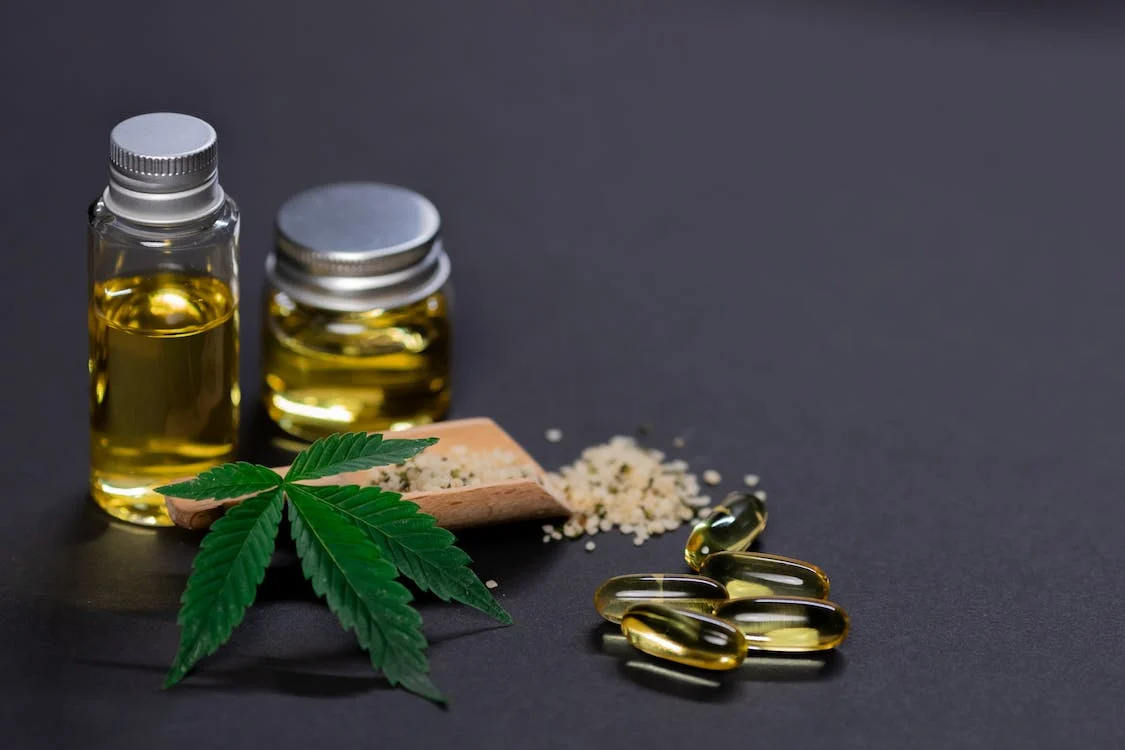When you walk into the woods, you may catch a whiff of many different scents, such as woody, leafy, or even flowery smells. The aromas come from plants producing essential oils with what’s known as terpenes.
Terpenes play an important role in a plant’s smell. Some terpenes attract pollinators sprawling around, while others repel harmful herbivores. Besides the benefits they give to nature, many use terpenes for aromatherapy and cannabis enhancers.
Each terpene will have a different effect, but if you’ve ever wondered whether terpenes are uppers or downers, this article is for you.
Are Terpenes Uppers or Downers?
In short, it depends. It isn’t as clear-cut as how sativas are uppers and indicas are downers. There are many different types of terpene—in fact, over 150 kinds—and they all have their own effects on your mind and body.
Terpenes alone may not be enough to get you high, although they can affect your mind since they’re psychoactive. The mixture of terpenes and cannabinoids gives certain strains their unique flavor and high. This is known as the entourage effect, which can benefit mood and anxiety disorders.
However, many agree that terpenes with musky or clover-like smells are more relaxing because of their myrcene content. Meanwhile, terpenes that smell citrusy, like lemons, can improve your mood with their high limonene content.
You can also use terpenes to add flavors and scents. For instance, it makes cannabis more recognizable, helping you know which one you want based on its smell.
Terpene Upper or Downer Cheat Sheet
Since there are many terpenes to experiment with, below are some of the strongest-smelling ones to help you recognize which cannabis you want to enjoy.
1. Myrcene
This terpene is the most common in nature, and you can typically find it in basils and mangoes. You can recognize it by its fruity smell and yellow oil-like consistency.
Plants will have varying levels of myrcene, but indica typically have this specific terpene content above 0.5%. Additionally, studies have found that myrcene enhances sleep and has a relaxing effect on people.
2. Pinene
If the cannabis you have your eye on smells like pine trees, that may be because of its pinene content. There are many kinds of pinene in nature, so scientists have categorized them under Alpha-Pinene (a-Pinene) and Beta-Pinene (b-Pinene). Studies have found that both types possess anti-inflammatory, pain, and anxiety-relieving properties.
Pinene helps act as a bronchodilator, which relaxes an individual’s lungs and airways, making it easier for them to breathe.
3. Limonene
Limonene has a familiar zesty, citrusy smell commonly found in oranges, lemons, and limes. This terpene matches the characteristics of a conventional upper: it boosts your mood and energizes you. Research has also found that limonene reduces anxiety and stress.
Wrapping Up
Taking note of these scents will make it easier for you to no longer rely on labels explicitly indicating whether a particular cannabis strain is an indica or sativa.
Understanding the different effects of various terpenes will help guide you in choosing the right strain to match whatever mood you’re in. Terpenes may not be explicitly categorized as uppers or downers, but knowing these differences can give you an idea of which ones boost your mood and which types can relax you.
It’s important to stay educated as it can help you understand the best and safest way of enjoying your cannabis. Knowing the different terpene types will also help you mix your compound. As such, you can easily enhance the cannabis and create a unique flavor that suits you.
These statements have not been evaluated by the Food and Drug Administration.








Add Comment